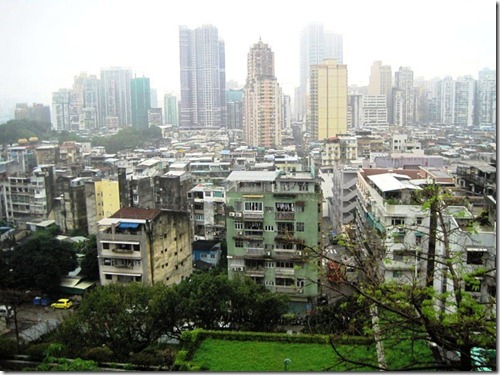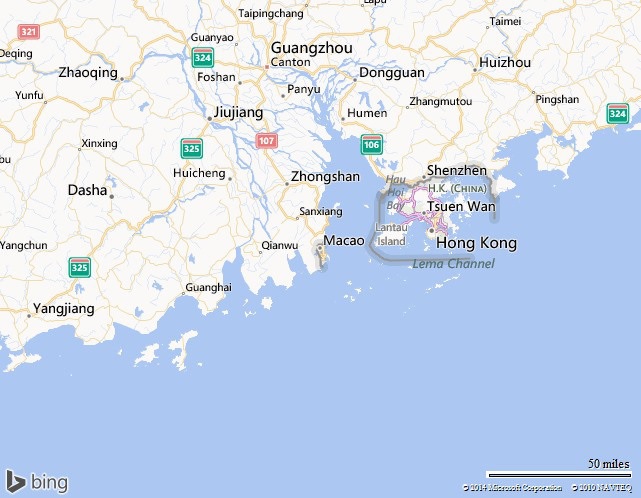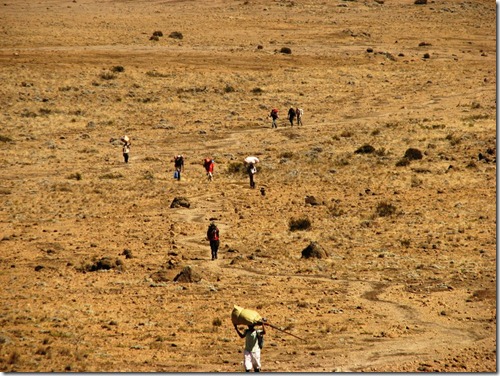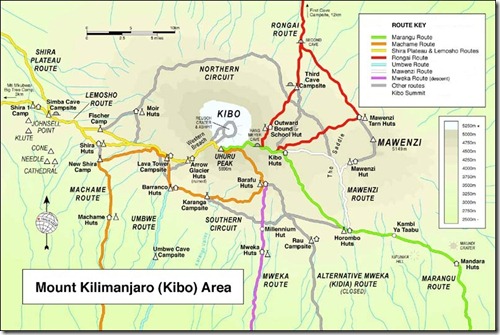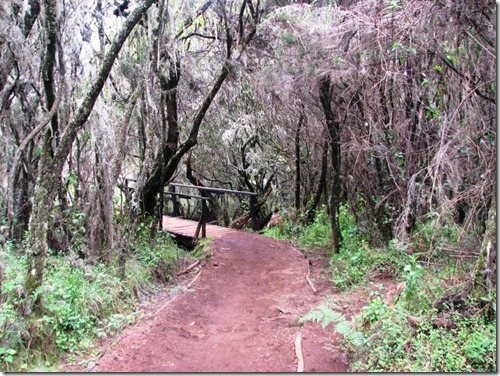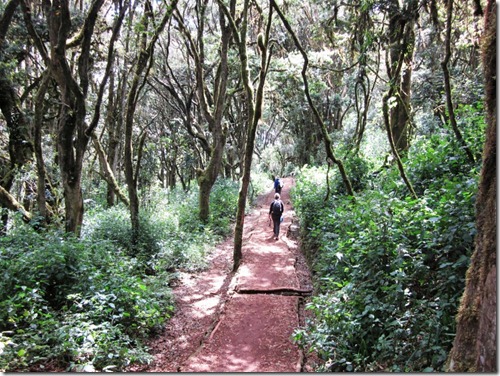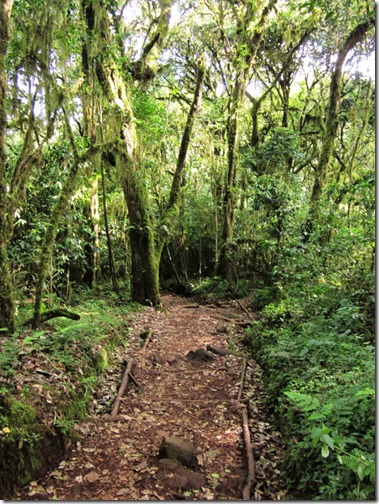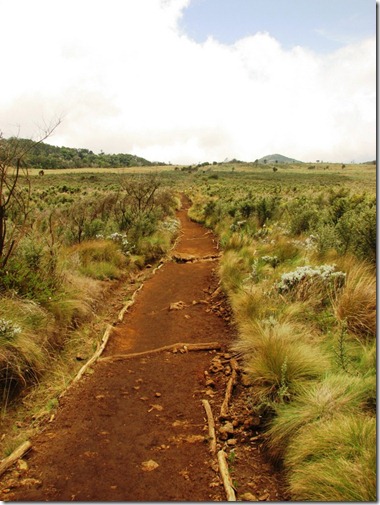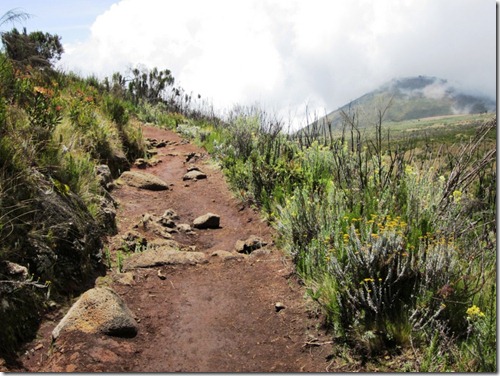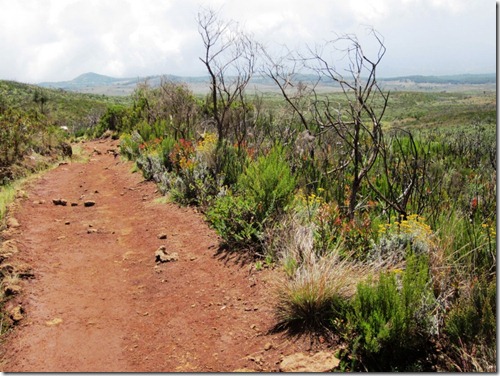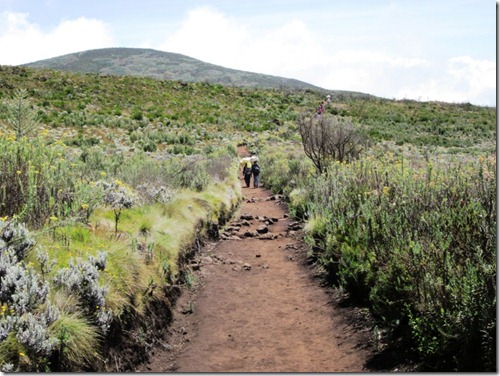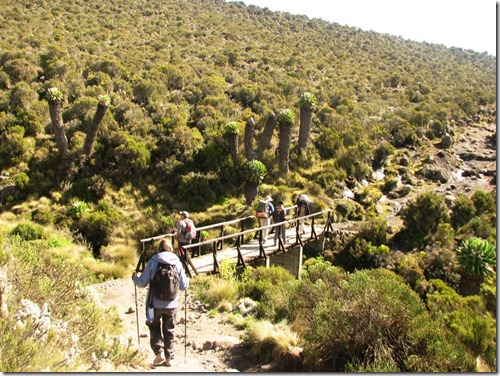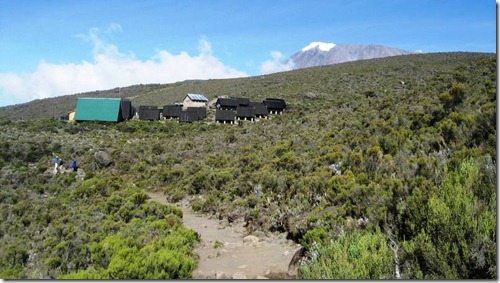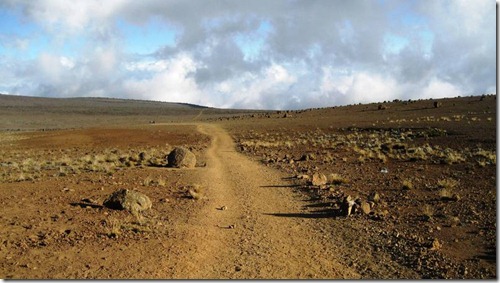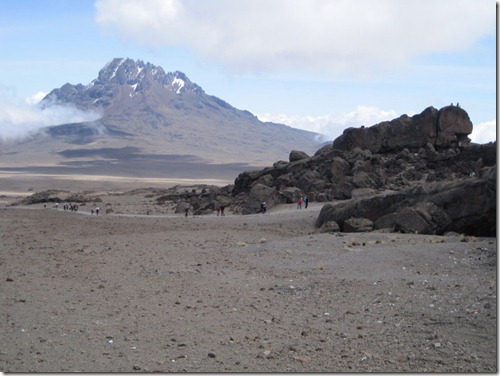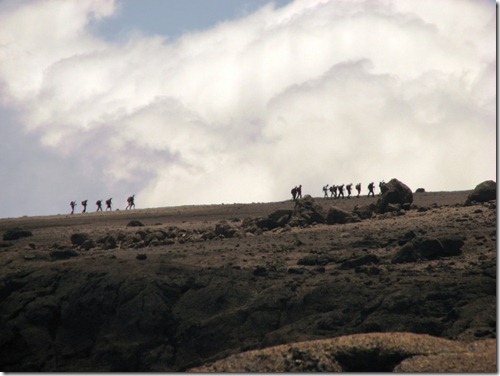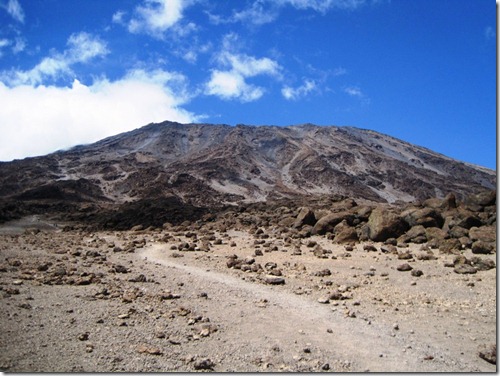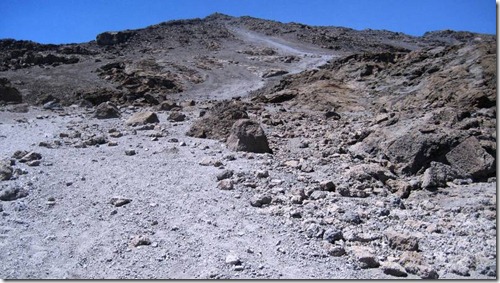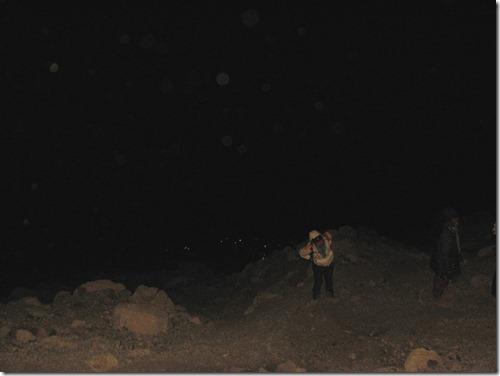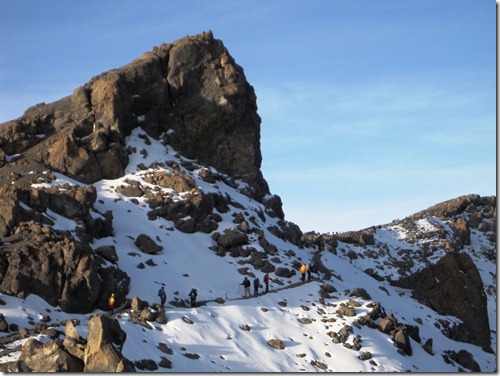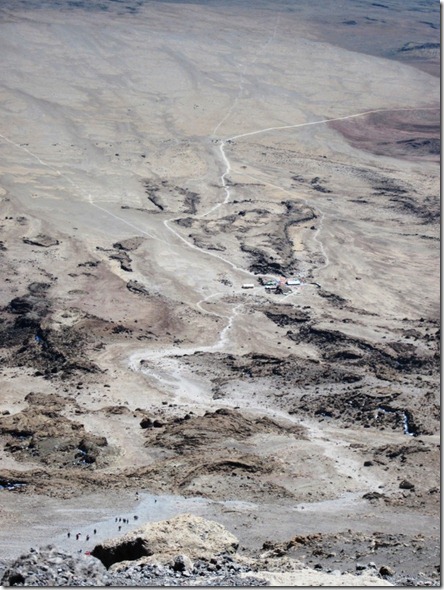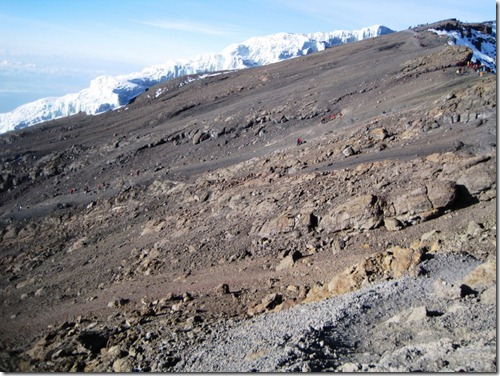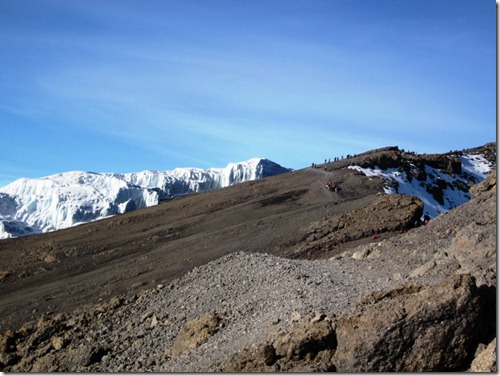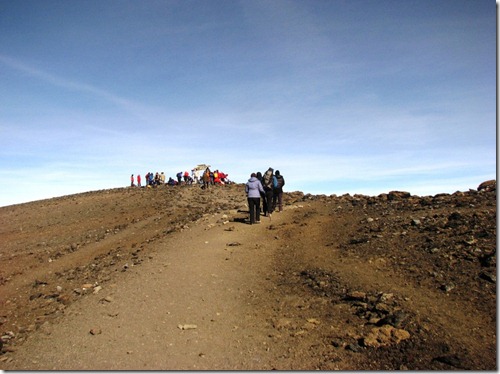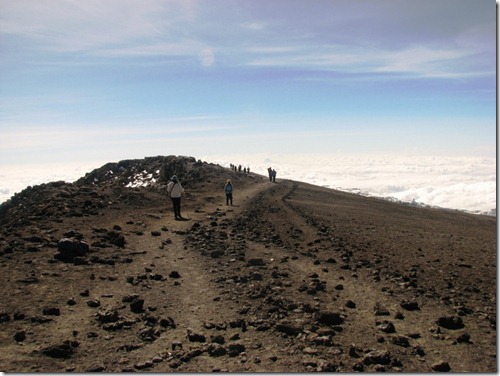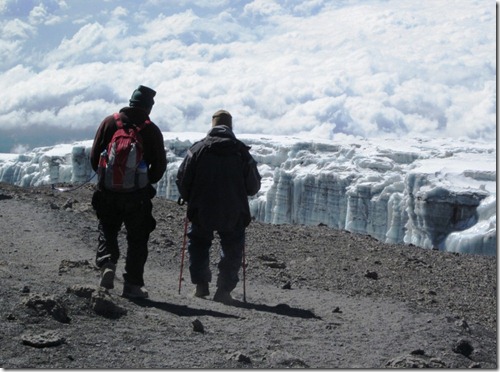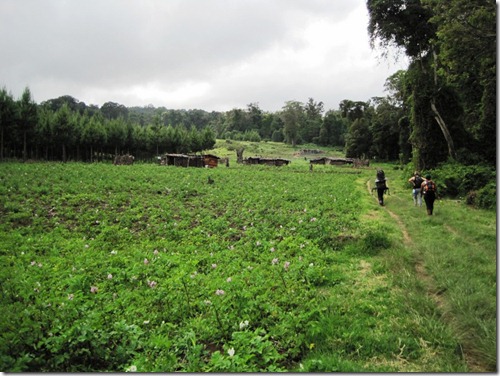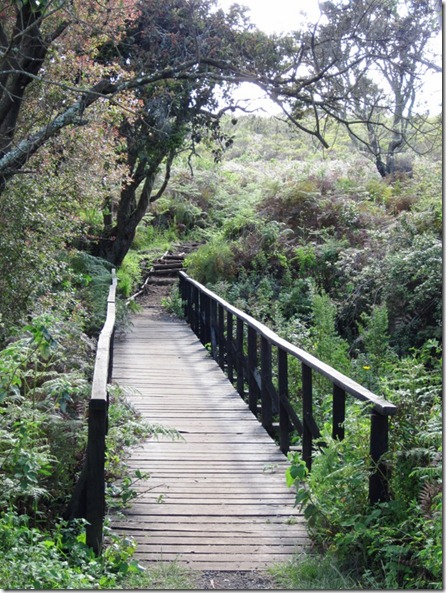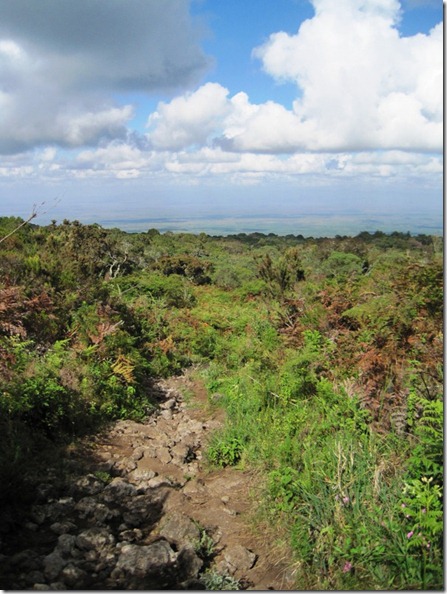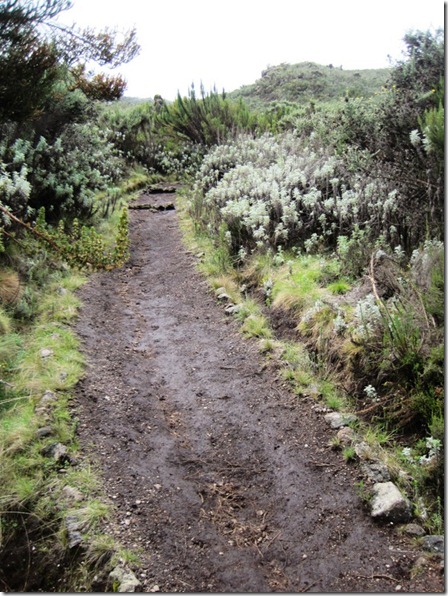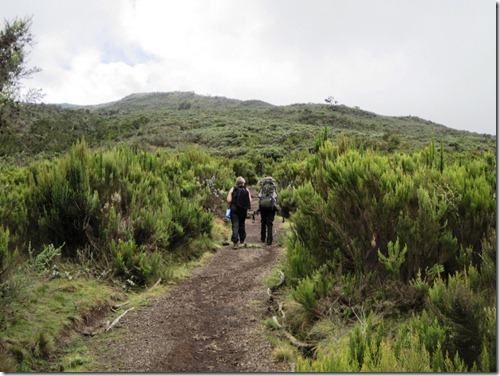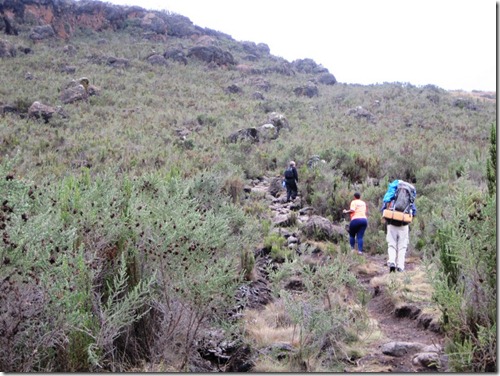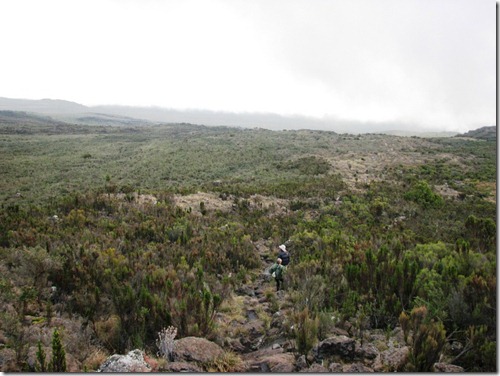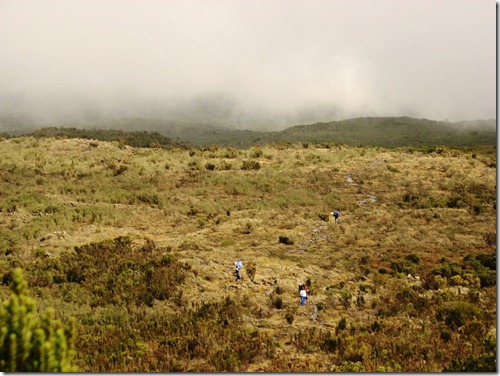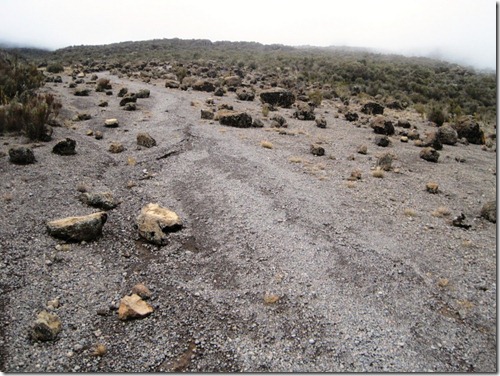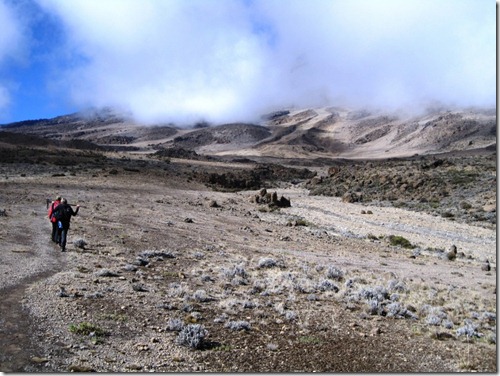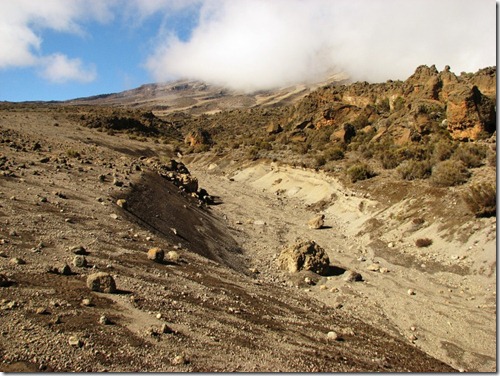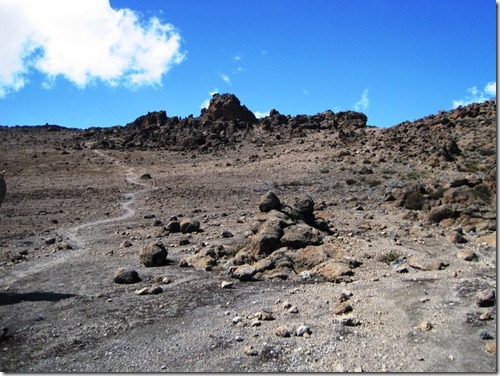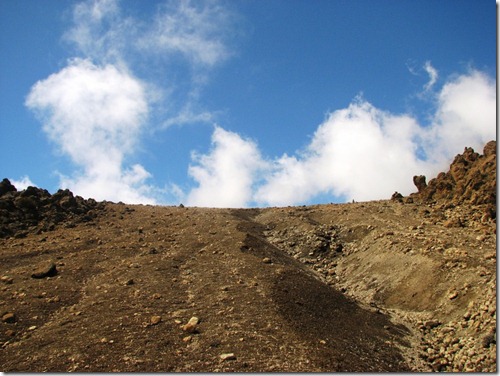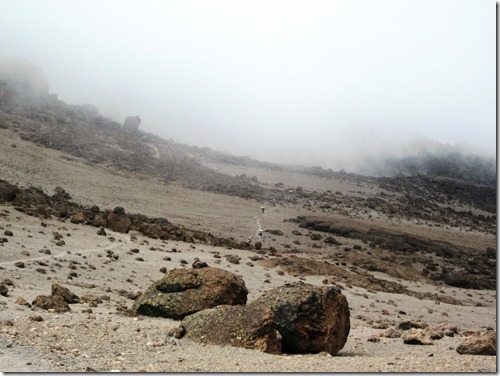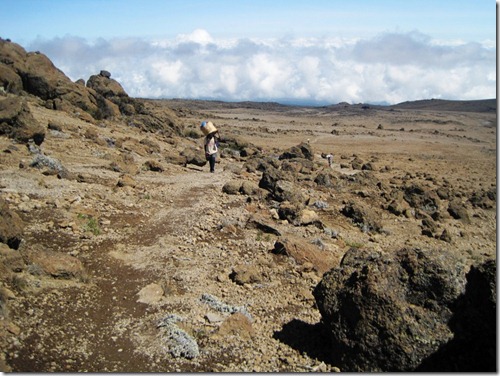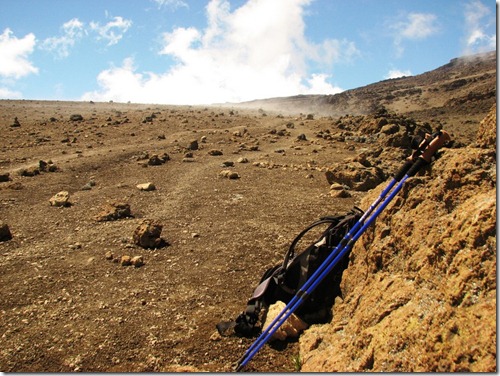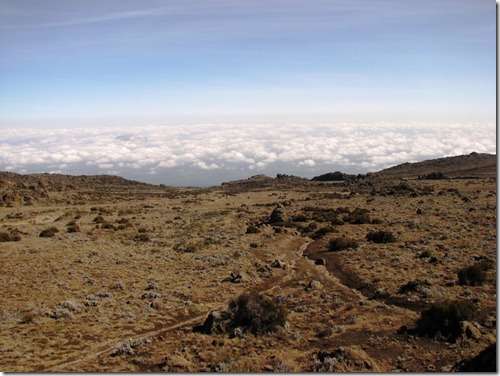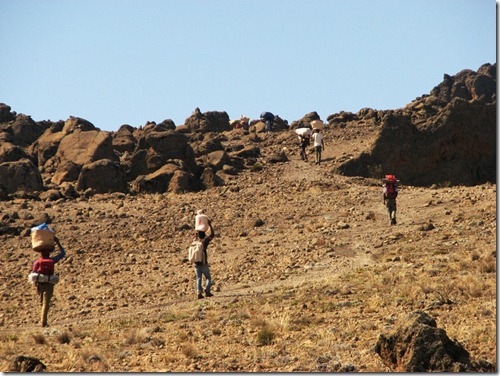The Adventures of Fishman (with Photos)
In keeping with the superhero theme kicked off by my interview with super author Kevin Rau, I’m updating a post I published in January 2005 called The Adventures of Fishman — this time with photos. May it inspire anyone with young children to turn their toys into characters of a story that will help parents have fun too.
Whenever I play with my son, I try to have fun. We play well together; in fact, my wife tells me that he has a great time whenever he plays with dad. Sometimes my mind gets carried away, and I make up epic stories with whatever toys are available at the time.
The other night I happened to stick a toy fish on the head of my son’s Mr. Perfect doll, and presto! the superhero “Fishman” was born. Thus began The Adventures of Fishman, a crazy aquatic superhero. Eat your heart out, The Incredibles!
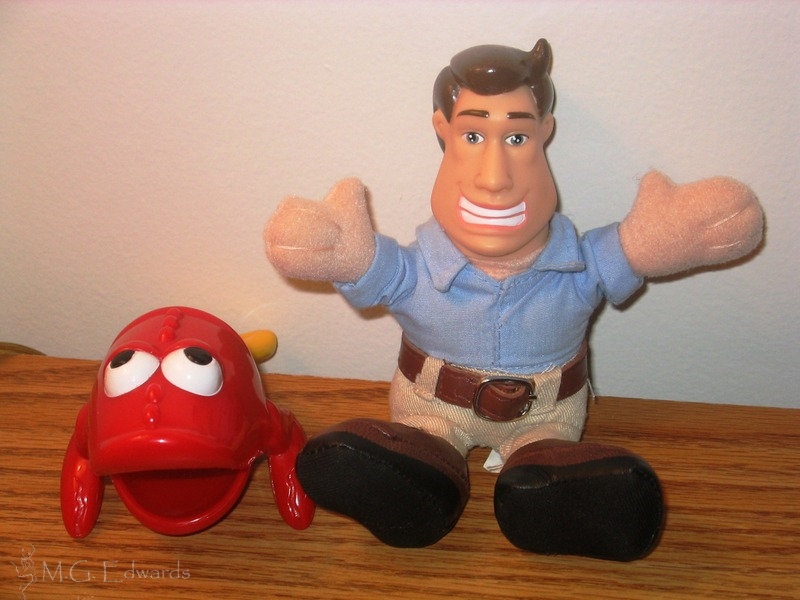
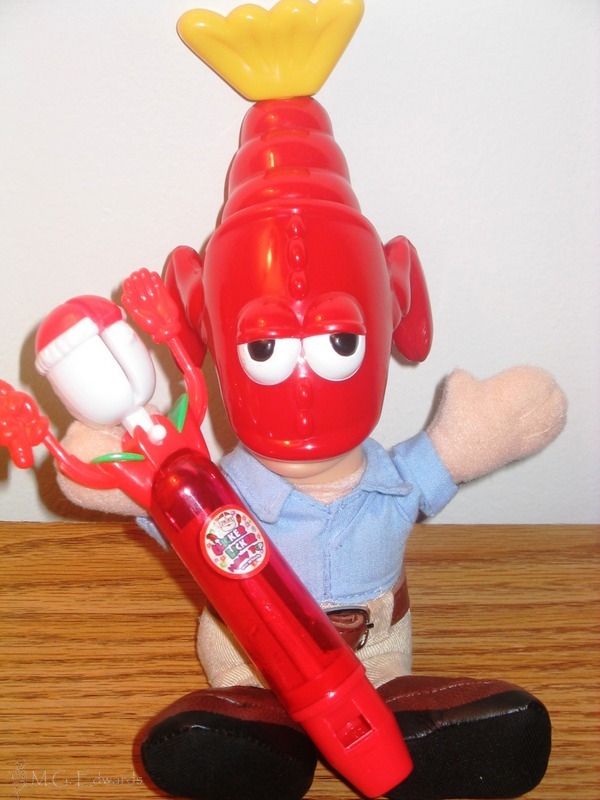
By day, “Fishman” is Mr. Joe Perfect, a mild-mannered consultant for Discovery Consulting. He’s Mr. Everyman, the kind of guy you can bring home to meet the parents. He’s courteous and thoughtful, everything anyone could ever want in a man. He says sweet things when you press his stomach such as, “The ballgame doesn’t really matter. As long as I’m with you, I don’t care what we watch.” Or “Here, let me make dinner tonight,” or “Let me stop and ask directions.” He wears beige khakis and a snazzy blue dress shirt, the wrinkle-free kind with the indestructible buttons. He sports a short, preppy haircut. He’s masculine but not macho. He’s single but a great catch.
By night, Joe is “Fishman,” a mighty superhero. Endowed with a ruby red iron Fishhead to mask his identity, he carries a candy trident that he uses to fight crime in Discovery Village. After eating a bad filet of soul one night at a local restaurant, Joe found himself suddenly endowed with the superhuman sense of knowing when something fishy is happening. Determined to use his power for good, he uses this ability to sniff out all things rotten and fight evil for the good of mankind and fishdom; well, at least Discovery Village.
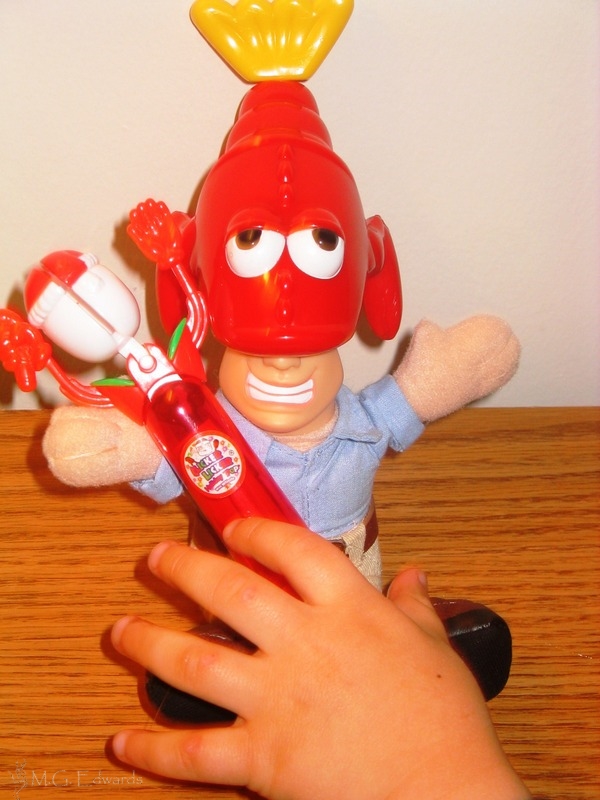
Fishman’s greatest nemesis is the One-Eyed Monster (OEM), a villain who escaped from the sinister labs of Monsters, Inc. and terrorizes the good citizens of Discovery Village. Our superhero’s mission is to stop OEM from carrying out his sinister plans to wreak havoc on the village.
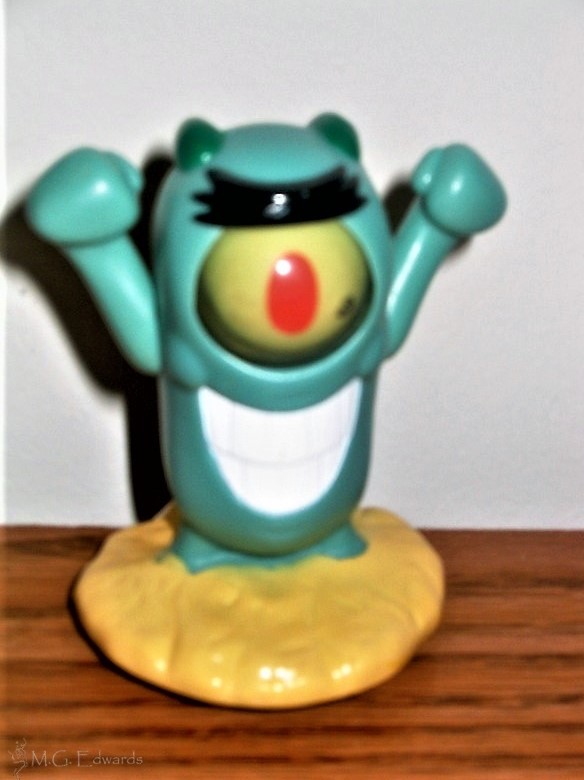
Here are some action shots of Fishman thwarting OEM’s plans to derail a commuter train. Fishman pins down OEM and saves the train before it falls off the edge of Discovery Garage.

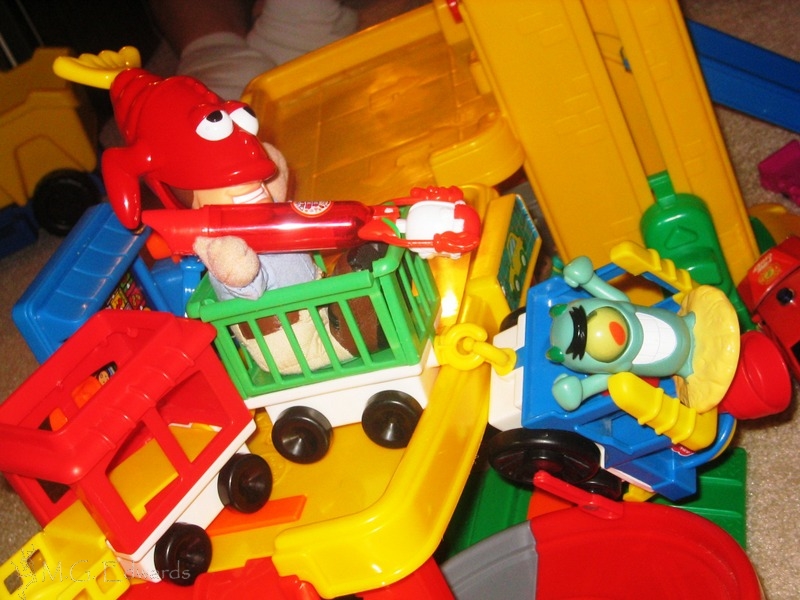 Fishman saves the day again! Three cheers for Fishman!
Fishman saves the day again! Three cheers for Fishman!
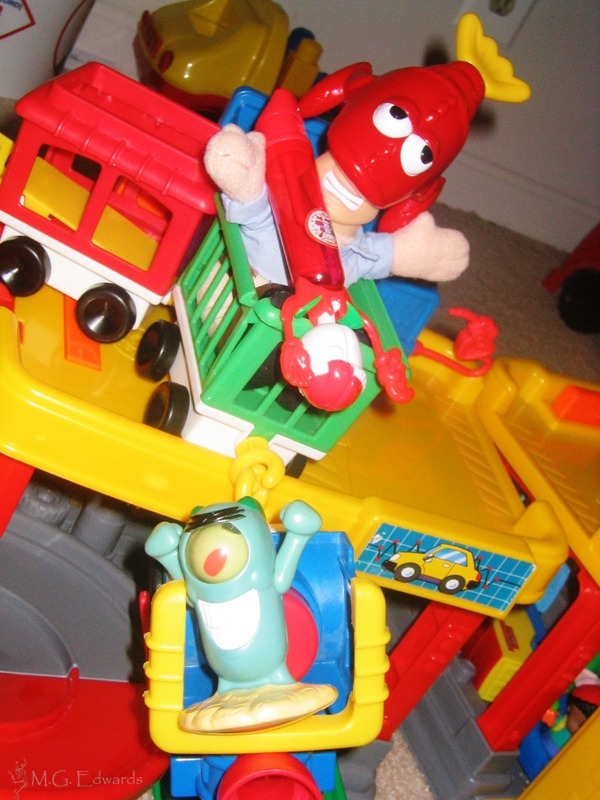
World Adventurers Magazine
 |  |  |
|
 |  |  |  |
 |  |  |  |

